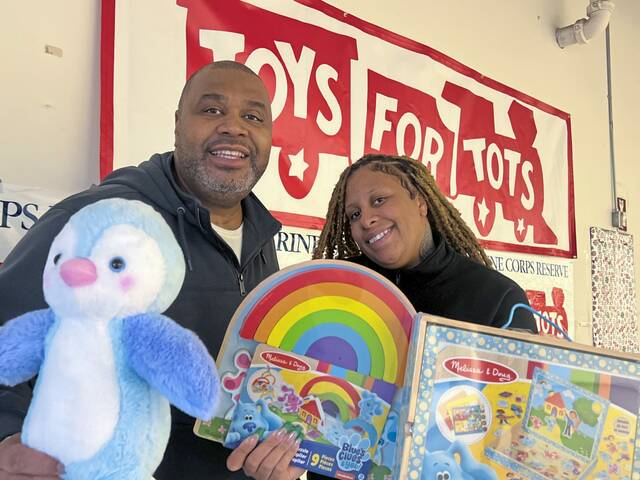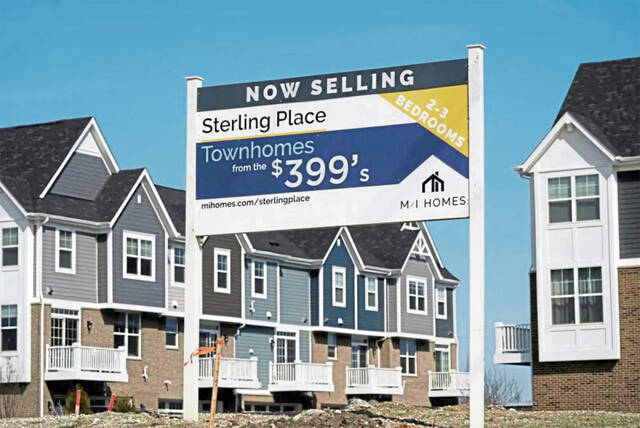Accounting is a simple, color-coded kind of arithmetic. When the numbers go up, they are in black ink. When the numbers go down, they are in red. It doesn’t take much effort to figure out the bottom line when the visuals are that easy to see.
Westmoreland County has been seeing that problem for a while now. The books being balanced aren’t monetary. They are counting the population.
There is a lot of red ink.
According to U.S. Census Bureau numbers, there are a few communities where the population has ticked up, but a lot more have fallen.
Today the county’s population is about what it was 60 years ago — 352,590. That’s down 13,250 people over 10 years. It’s down 40,000 over 40 years.
That follows the loss of plenty of manufacturing jobs in the region and it’s a loss the county has been trying to reverse. Making Westmoreland more attractive to new residents has been a priority.
The need to draw both new people and new jobs was a major tentpole of the county’s comprehensive plan, released in 2018.
It needs to be embraced by every community — because every community is hurt by the dropping totals.
Pennsylvania’s overall census numbers have fallen over much the same period of time, leading to drops in the state’s congressional representation. Westmoreland residents have two members of the U.S. House of Representatives for now. When lines are redrawn after the 2020 census numbers are completed, that might change.
Then there are the state legislators who represent them. Those districts also will be shuffled based on the total number of people.
But the people who live in Westmoreland don’t have to wait for a redistricting map to be submitted to be impacted by the falling numbers. It happens every day based on things that move a lot faster than the federal government.
Corporations open and close businesses based on the populations of an area. Closed buildings hurt downtowns, which hurt other businesses, which hurt taxes. It damages property values.
The trends that have been whittling the population for half a century won’t be changed overnight. They aren’t a death knell and shouldn’t be treated as such.
What is important is that they are recognized — by both leaders and residents — as a serious factor in how Westmoreland will move into the future.








